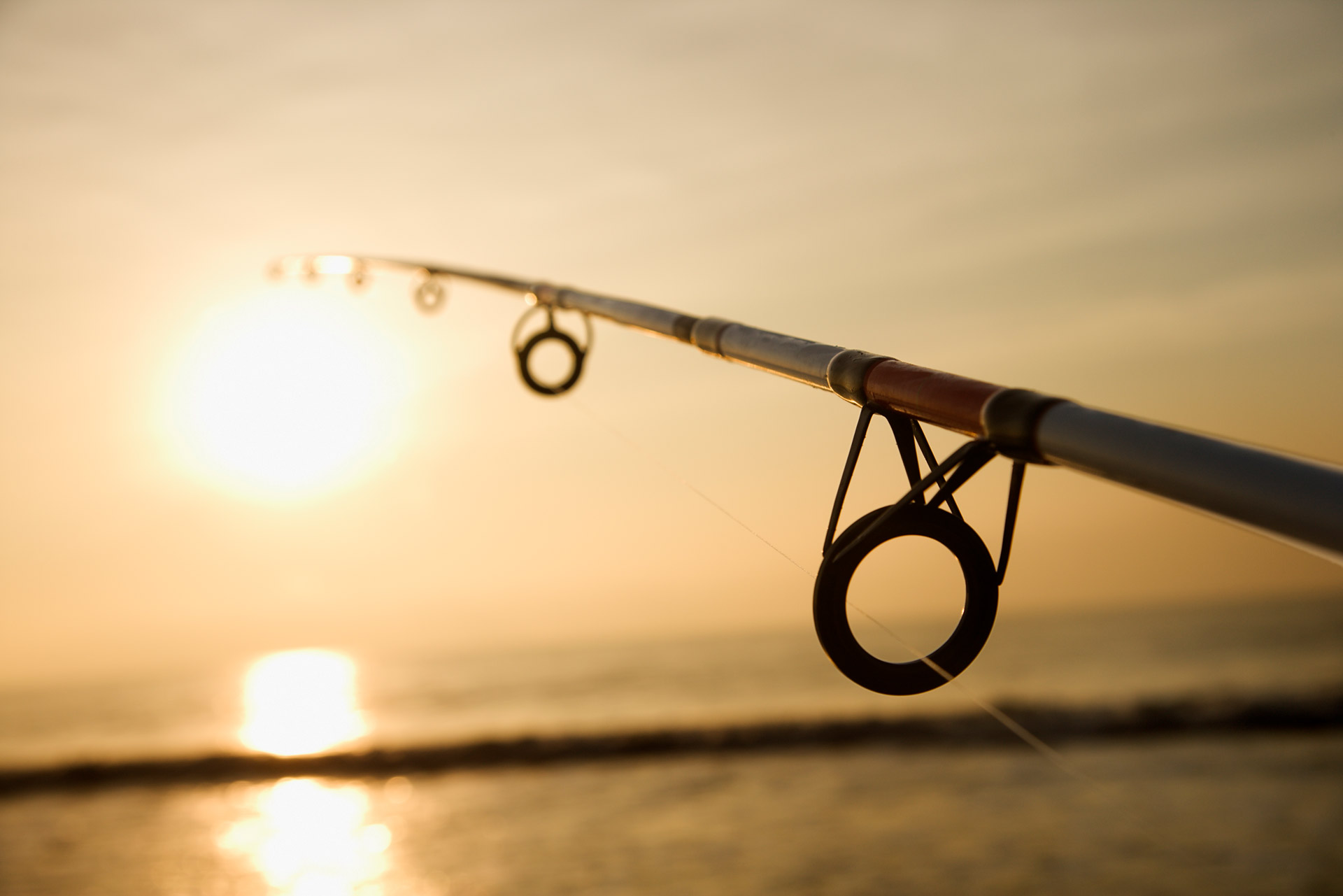How to Catch Bigger Bass - Ultimate Trophy Bass Guide
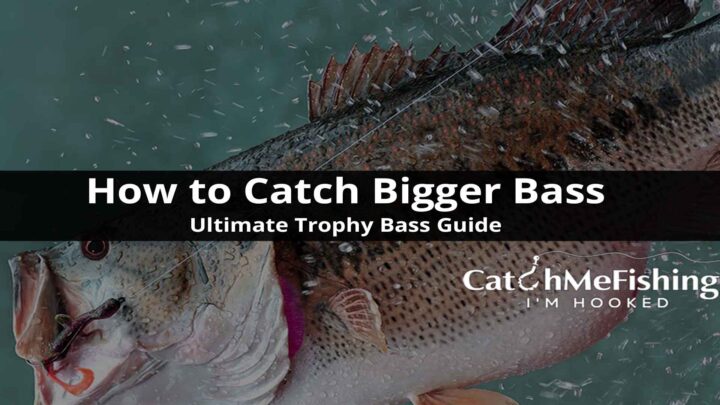
Fishermen have an ulterior motive when they go fishing. They want to catch bigger bass, right?
I know that's true for me at least. I always want to catch a whopper! lol
So we can say catching a trophy-sized bass is a goal of most bass fisherman. You don’t have to be an experienced professional angler to catch larger bass, but you need to be fully prepared for this incredible adventure. Knowing all the hotspots and best bass fishing techniques to catch bigger fish will help you find and hook a ten pound bass.
Now, let’s dive deeper into more details about locating and catching a 10lb bass.
Where to Catch Bigger Bass
The question of where to catch big bass is a difficult one. Many factors go into catching a big fish, and you need to understand the type of water you're fishing in before you hop in your boat or head down to the banks.
Where to Find Big Bass in Lakes
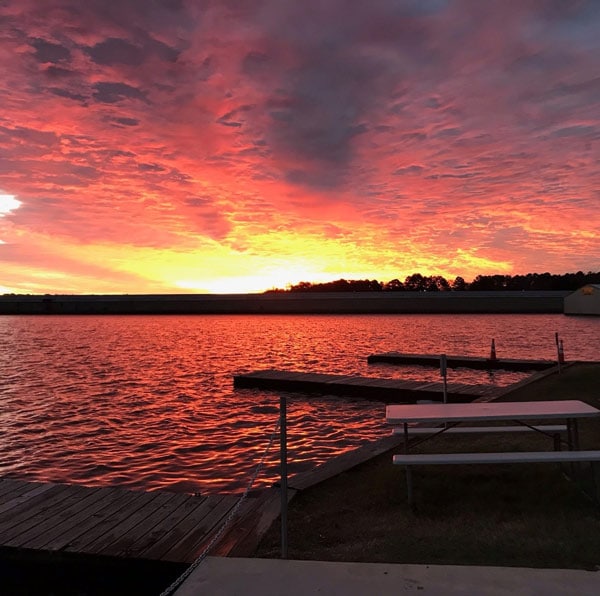
Knowing all of the hotspots in a lake will significantly change your fishing game. Spending less time searching for bass and more time catching them is more productive and enjoyable. There is nothing worse than fishing for a giant bass and just pulling out small ones all day!
There are many areas to consider, and fishing straight in the open will be very tiring and ineffective.
The gist of your usual strategy remains the same. We concentrate on a fishing spot with vegetation, structures, natural covers, and other covers. But what changes?
It’s a widely spread idea that big fish are usually found much deeper than smaller ones, but it’s not always true.
You’re less likely to catch trophy bass in the open water. It’s better to focus on smaller areas. Especially areas that might be a little uncomfortable and inconvenient to get to, such as dirty, muddy spots.
Find Big Bass in Cover
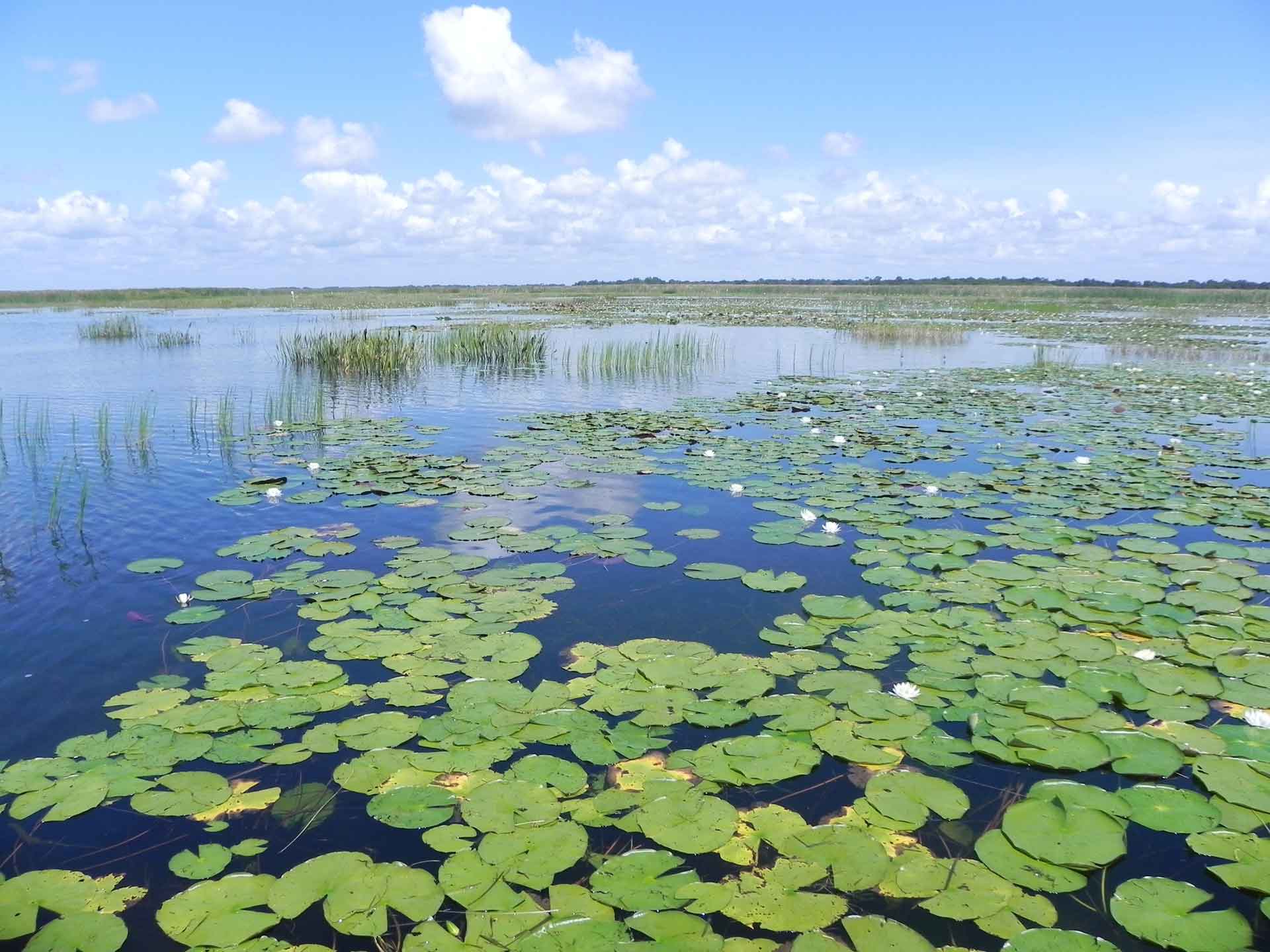
Large bass are primarily found in covers and hiding areas where they wait on their prey and attack without being seen, as they are massive and predictable in the open water.
Look for them in the thickest covers you can find. It’s less likely that they’ll roam at the edge of the cover, exposing themselves, so go as deep in the cover as possible.
Also, pay close attention to shades as largemouth bass are cold-blooded creatures and generally prefer cool temperatures, so take a look under the bridge shadow lines.
Boat docks are great spots for large bass to roam, it’s also convenient to get to them, and you’ll have a better chance of catching them.
Rocks are perfect for huge bass. Anything that provides a good cover is ideal for trophy bass fishing.
Hiding in impenetrable covers secures the huge bass from other predators, but it also hinders the boats. Sometimes, it might be tough even to get too thick covers, even though it hides the biggest bass.
If you’re going after a 10-pound bass, you need to get out of your comfort zone and try finding them in spots that are difficult relative to the places where you usually fish.
Be careful not to damage your boat or fishing equipment, especially lures, but also take a risk and go for more challenging spots.
Where to Find Huge Bass in Ponds
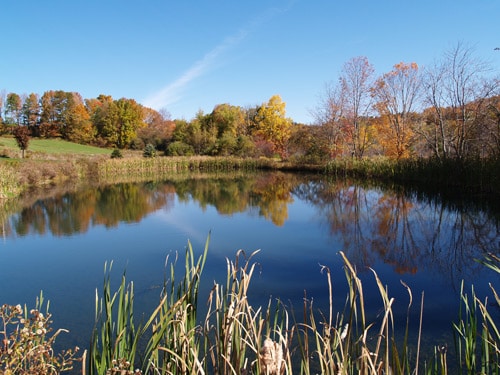
Locating huge bass in ponds is slightly different from lakes, but the main principles stay the same. Concentrating on vegetation is still the best way to go after massive bass but be careful not to get your boat tangled in the high weeds.
Most trophy bass are roaming the areas where it’s usually hard to get to because of the natural hurdles that hinder the boat at the edge of the pond. Bass find the densest and thick covers they spend most of their day, especially if it’s a pre-spawn period in Spring.
The harder it is to get to a particular, the higher the chances of catching big bass.
How To Catch Bigger Bass
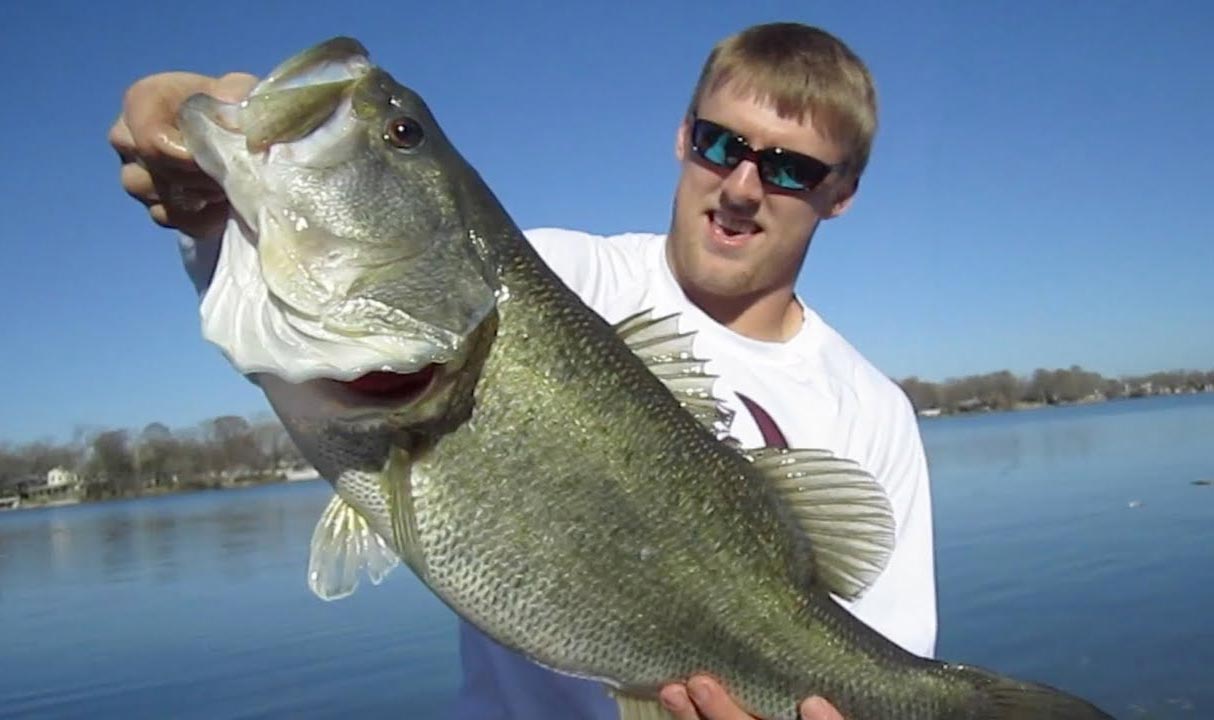
Catch Big Bass in Ponds
If you’re a beginner or not a very experienced angler and want to capture a bigger fish, it will be best if you avoid huge water bodies at first and fish in a pond.
It’s easier to locate bass in concentrated areas like vegetations, natural covers, weeds, grass, logs, gravel banks, and spots close to the shore. Your goal is to look for the thickest covers. Other than that, pay attention to docks, cattails, trees, and rocks. Giant bass usually hide in places where there is lots of cover, Chasing and feeding on their prey.
Also, it’s more likely that you’ll see through the water, and it will be easier to catch a big mouth bass if you see them.
You might lose your lure in the weeds, but still, ponds offer more focused areas to fish for bigger bass.
Catch Big Bass in Spring
Spring is the best season for bass fishing. Bass are more active than ever, intensively looking for food and getting ready to spawn.
The best spot where you’ll find a massive bass in spring is the shore, as that’s where bass makes a bed for spawnings and defend it for the whole day. Females will be easier to locate on the shore as they have designated places for spawning. Males will be nearby, protecting the area.
Catch Big Bass in Summer
The post-spawn period is also essential. Bass are active, going back and forth searching for food. But as bass are cold-blooded and like cool temperatures, hot summer days might cause some changes in their behavior.
Bass usually go deep into the water in summer, where it’s much cooler, and stay there until late at night when it gets colder.
You might find lunkers in both shallow and deep waters, but they’re caught in deep waters more commonly.
Catch Big Bass in Winter
When bass are more inactive in the winter cold than ever, you can find them very deep into the water. Catching giant bass in winter requires a lot of knowledge and determination, but the effort will pay off as many massive bass are caught in winter.
The best time to fish in winter would be noon when the air temperature is highest, increasing the chance of finding bass.
Catch Big Bass at Night
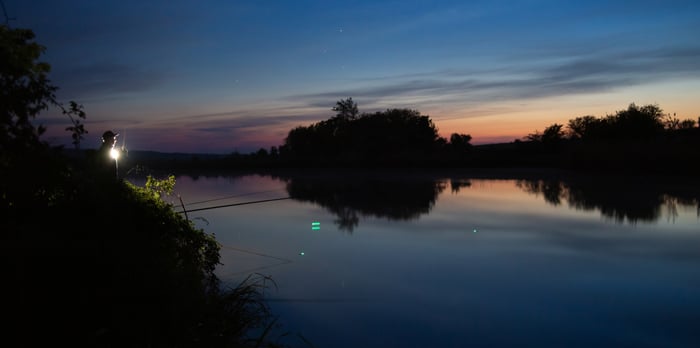
If you’re fishing for big bass at night, you need to know all the details about night fishing to be entirely ready for this unique experience.
Bass are usually found in shallow waters at night. After spending a warm day in the deep waters, they usually swim closer to the surface. Besides shallow waters, big bass usually hunt for their night food close to shores, channel bends, and ditches.
The best time for big bass fishing at night is moonrise or even moonset. That’s when bass are most active at night.
The night is the best time to fish in summer. Big bass will be easier to find as it’s colder at night, and they won’t have to go very deep down. On the other hand, winter night fishing is different. Big bass swim very deep in the water to keep their body temperature and not get too cold. You’ll need heavy-duty equipment and a little more information about the lake and bass hotspots.
In general, you can fish for big bass in any season, but each season has its specifications and small details that you need to know.
Don’t forget that the visibility of fish is relatively low at night, and to catch it, you need to make the lure as visible as possible.
Equipment for Catching Big Bass
When catching large fish, you’ll need more heavy-duty equipment. Choosing the right reel, line, and lure plays an integral part in the success of hooking any larger fish, including a trophy bass.
Rods and Reels
It’s harder to land a big one with a spinning reel, not impossible, though, and there are some decent heavy spinning reels you can use. But using a casting reel might be easier as they are typically built for heavy fishing.
Depending on what type of reel you choose, you then need to choose a good bass rod. Match your spinning reel or casting reel with a good spinning rod or casting rod to be compatible.
I recommended opting for the lightest line you can use without causing a detrimental effect on your success of catching. You want the line to be strong enough to handle a 10-pound bass, but also make sure it’s as light as possible. Otherwise, it will be less effective. Bass won't go for a big bait if they can see the line too easily.
Instead of using heavier lines, tie a stronger knot like a Palomar knot. It won’t come off as easy even when catching really big bass. A proper knot will ensure the safety of lifting your big catch without breaking the line or equipment and losing the bass. There's nothing worse than getting so close than losing it!
Pro tips
The best way to reel in a fish is with patience. Most anglers break their reels because they panic when reeling their catch, which results in losing it!
Don’t forget to use a new hook or sharpen your old hooks using a hook sharpener. You will increase your success rate and lose fewer bites!
What is the Best Bait to Catch Big Bass?
Lures or baits for big bass are more than just a hook and some plastic. There is an art to fishing; with the right lure, you can make your day much easier and increase your success rate.
Size of the Lure
Bigger lures will attract larger fish, but it also has another function that will help you catch a big one. Smaller fish are less likely to go after big baits, leaving them for the big bass.
Lure Colors
Choosing the right lure color is essential as the visibility of fish changes depending on the weather, season, time of the day, and clarity of the water.
Our main goal is to make the lure pop out and let our target big largemouth bass quickly notice it. Bass will see the lure clearly if we create a good contrast between the lure and the water tone and its surroundings.
If the water is clear and see-through, use natural colors such as white and light blue. But if the water is muddy, dirty, and darker, use vibrant colors that are easy to notice from a distance, such as bright red, yellow, orange, and vibrant green.
While choosing a lure for trophy-sized bass, pay attention to the season, and the creatures bass will be looking for, for that particular period. It’s better to use a lure imitating real fish, crankbaits, bluegills, and food sources for bass.
Other than the season, don’t forget to consider the weather, as it plays an integral part in determining the visibility of bass. If it’s a bright sunny day, use natural colors, such as white, light grey, blue, light blue, light brown, light green. Bass have excellent vision when the light and water clarity are appropriate. But, if it’s cloudy or rainy, use shiny colors with contrast like yellow, orange, black, dark green, dark grey, chartreuse.
Move the Lure Slowly
Slow-moving lures are best for thick vegetations, where you’ll be able to go after bass in their hideout spots. Don’t strike as soon as you feel the massive fish on the hook. Take your time and strike only after the bass starts swimming and takes the lure properly.
While fishing for big fish, you should always move much slower than usual. For that reason, lures that spin and generally make noticeably fast movements won’t be helpful. So, lures like spinnerbaits shouldn’t be used while fishing for massive bass.
Let’s dive deeper into more detail about the lures I use and have had great success catching trophy bass:
Topwater Frogs
you need to make the topwater frog seem as natural as possible, so don’t just throw it right in the face of your targeted bass. Move slowly and patiently. Big bass especially love topwater frogs, so they’ll attack the lure once they notice it.
Crankbaits
Crankbaits are a popular type of fishing lure that you can use to catch bass. These lures, which resemble the shape of an old-fashioned crank, are perfect for when the fish aren't biting on traditional bait like worms and minnows. Avoid crankbaits in vegetation and thick covers if you don't want to snag them. If you still decide to use crankbaits in other areas, move incredibly slowly.
Plastic Worms
Worm lures are effective for any kind and size of bass. Bass are opportunistic creatures and mostly eat whatever comes across them and looks attractive. Worms are practical as you can use them in any level of depth, in any season, any weather, and in water clarity.
Swimbait
Bass can quickly notice a big swimbait from far away, as they look very natural and make bass think it’s moving like their real prey. It’s great to use in thick weeds and dense covers. It makes no noise and is easy to move slowly, just as you should. You can choose a Soft Swimbait, Giant Swimbait, or any others.
Glide Bait
Glide baits are very effective in clear water as they have a very similar effect to swimbaits. Big bass like glide baits because they replicate the look of a small fish swimming.
Buzzbaits
The perfect time to use buzzbaits is early in the morning or late at night when the lighting is low and bass have lousy visibility. It becomes more and more popular, as it has proved to be effective in catching large fish.
Jigs
If you decide to catch bigger bass in thick covers, vegetations, weeds, rocks, and generally places with lots of hurdles for the lure, jigs might be the best option for that matter. Jigs are considered to be much more practical than Swimbaits because they are easily adaptable to different surfaces. For me, a Texas Rig with a large worm or creature bait is very successful for catching the big ones.
Pro-Tip
Lures are one of the most critical parts of equipment to capture bass. There are many lures that you can use for many different techniques, but there is no substitute for trial and error when it comes to finding what works best for you. Mix it up and try a bunch of different lures to catch larger bass. Try different sized lures like big lures or a big bait. You might just hit the jackpot and find that one big bait that big bass.
Fishing for Big Bass Tips and Tricks
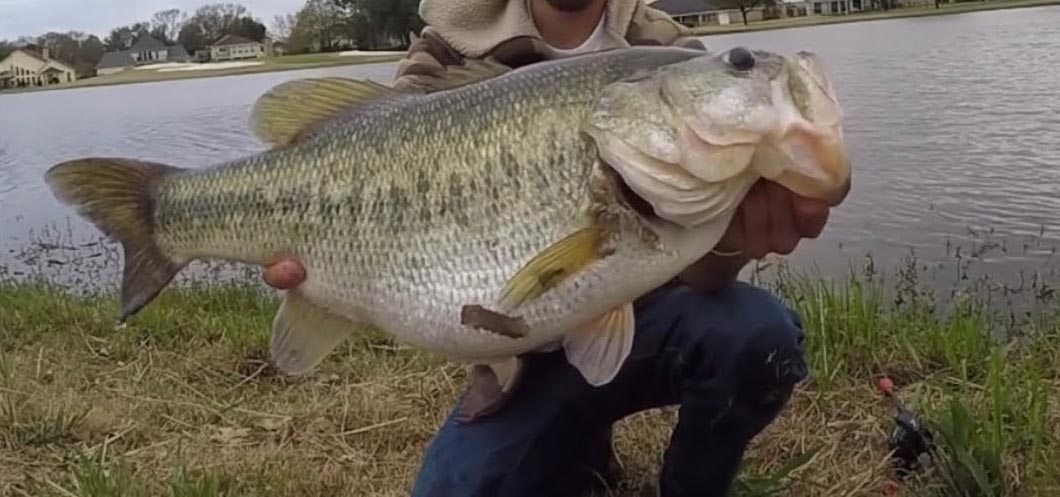
Are Big Fish in Deeper Water?
Deeper doesn’t always mean better. There are certain levels where big bass spend most of their time. Still, they usually roam up and down depending on the weather, season, and other factors determining the temperature and water conditions. Water depth shouldn't be your main concern. It’s better to concentrate on the natural covers and other hideouts where you’ll find a trophy bass. Your equipment, bass catching techniques, and finding good spots are much more important than the depth.
Location
Massive bass could be anywhere. You can find 2-pound and 10-pound bass in the same spot. Your success depends on the factors mentioned above, fishing technique, large bass equipment, and areas with weeds, trees, rocks, vegetation, or other thick covers.
Equipment Size
Bigger lures attract larger bass. Small and trophy bass might be together on frequent occasions, but large bass won’t bother catching a tiny creature. They would rather catch something that will be sufficient and enough for some time to feel satisfied. Other than that, small bass won’t even compete with large bass for a bigger lure, and it’s simply out of their standards. A big bait may even scare smaller bass away, leaving the area free for big bass.
Time of the Day
Many anglers claim the best time for big bass fishing is noon, early afternoon. Usually, bass look for food early in the morning when it’s chilly, but massive bass may start hunting a little later after smaller bass are finished up. You can fish any time of the day if you know all the necessary information for each period, especially night fishing.
Set the Hook Properly
Don’t set the hook too hard. It’s okay for smaller bass but will definitely hinder you while fishing for big bass. Bass move and swing when you capture a small one, it’s easy, and you don’t even notice the resistance, but it’s a different situation with the massive ones. You might lose them without even knowing that you had that in the first place. So, setting the hook accurately is important, don’t set it too tight.
Try out Kayaks
Kayaks are practical and convenient in places where you’re most likely to find bass. A great fishing kayak is one from Intex.
As we know, huge bass love dense covers, such as thick weeds, vegetation, so make sure to try going to these locations by kayak.
It might be a little uncomfortable for some angler to spent the whole day in a tiny kayak, but they really make it easy to get to trophy-sized bass hideouts.
Be patient
To help successfully catch big bass and not lose it, patience is key. Most fishermen lose their big catch because they are too excited about catching a big one that they strike at it right away without moving slowly. To ensure your success in finding and catching these rare fish, be patient and don't rush the process.
Florida Strain Bass vs. Northern Strain Fish
The Florida strain of bass is a type of largemouth bass that is native to Florida. The two types have many similarities, but there are also some key differences in their habitats and behaviors.
The size and growth rates of the two bass are the most important distinctions. Northern largemouth bass rarely exceed 10 pounds in size, while Florida-strain bass have the genetic ability to reach 20 pounds or more.
Ready to Catch Bigger Bass?
Whether you’re a beginner or experienced, stepping up your fishing game and going after big fish is always exciting.
Now that you know all the basic steps of finding and catching trophy-sized bass, you can confidently go after and try your luck at these bigger fish.
Bass are opportunistic and very aggressive, especially the massive ones, so be sure that if you find them and do everything appropriately, bass will bite without hesitation.
Don’t forget to relax and fish with pleasure. Frequently fishers get so invested in big bass fishing that they forget it’s for them to enjoy, don’t get stressed out. Even if you don’t manage to capture a trophy 10-pound bass, it’s okay. Give it another try on a different day and go even more prepared. Sometimes everything we try, we still might not catch big bass. Sometimes it's down to luck.
There are no exact rules to fishing for massive bass. Everyone’s experience is different, and you might find big bass in places and conditions where you never expected them. That’s nature, sometimes it follows the “rules,” other times it doesn’t.
Fishing for big bass isn’t too different from caching small and medium ones. It would help if you had a little more patience and persistence, larger equipment with big baits, but the same amount of determination and similar techniques.
Be sure to take a good Fishing backpack with you so you keep well organized.
Aim bigger, and you’ll fish bigger. Happy fishing 🙂



